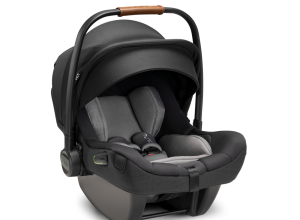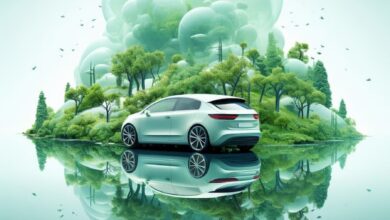Tesla reveals Robotaxi, a fully autonomous Cybertruck coupe with McLaren doors. Will it hit roads in 2026? – Auto News
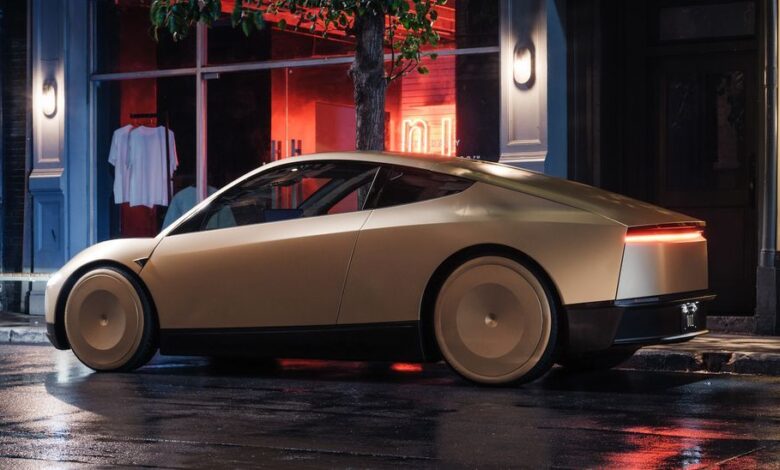
Elon Musk has officially unveiled Tesla’s latest venture into autonomous driving with the introduction of the Robotaxi (missed opportunity to name it the Cybercab), a fully self-driving two-door taxi, revealed during Tesla’s “We, Robot” event held at the Warner Bros. studio in Los Angeles.
With plenty of buzz around its promises to bring autonomous transportation into the mainstream and production expected to begin in 2026, this new vehicle marks a significant step forward in Musk’s long-standing goal of revolutionising road travel through autonomous technology.
The Tesla Robotaxi follows a design ethos similar to other Tesla vehicles, particularly the Cybertruck. It boasts a futuristic, compact two-door design and is expected to be priced under USD $30,000 (around RM128k). While Tesla has not yet revealed specific technical details, the overall design of the Robotaxi is definitely eye-catching – something of an amalgam of the Cybertruck and Model 3, albeit smaller, no steering wheel, and fewer doors.
One of the most notable design elements of the Robotaxi is its low, sleek coupe roofline. The car also features squared-off bumpers, and full-width horizontal light bars at both the front and rear while the stainless steel exterior gives the Robotaxi a durable, industrial feel.
For the first time in a Tesla vehicle, the Robotaxi will incorporate inductive charging technology, meaning the vehicle can charge wirelessly via a charging pad that it merely needs to be positioned over, eliminating the need for traditional plugs and charging cables.
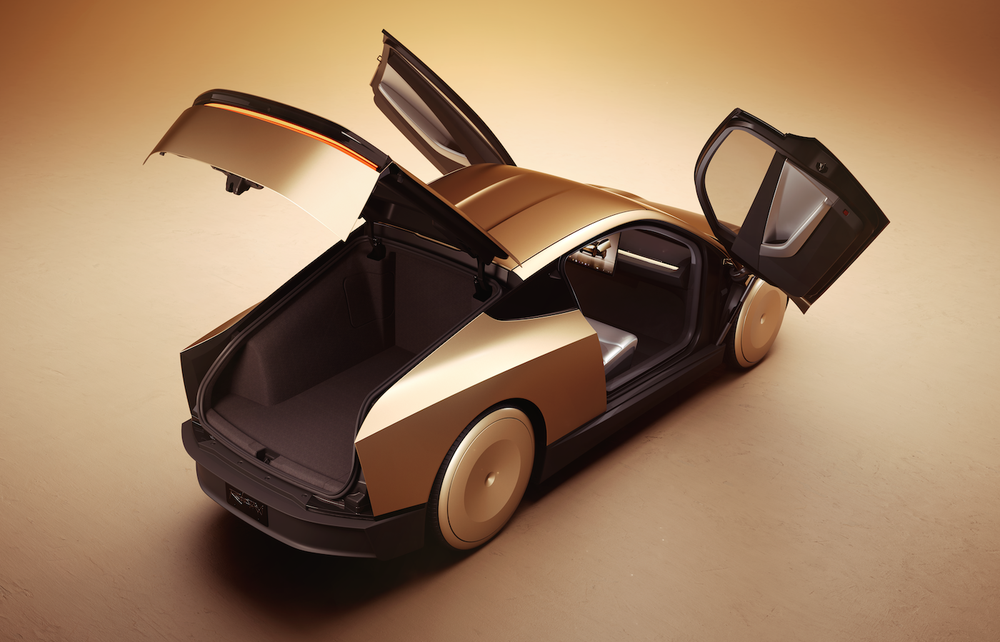
Another striking feature of the Robotaxi is its front-hinged butterfly doors, which open vertically and outward sort of like a McLaren’s – this will very likely not make it to the final version.
Inside, the minimalist design continues further than with most EVs; besides a large central screen on the dashboard, a single bench seat that can accommodate two passengers is just about the only item worth mentioning. Obviously, there is no steering wheel or pedals to allow any human intervention (even in an emergency?), with the Robotaxi relying entirely on Tesla’s Full Self-Driving (FSD) technology.
While the design and features of the Robotaxi are undoubtedly impressive, its success will ultimately depend on regulatory approval for fully autonomous driving on public roads. Tesla has been developing its FSD technology for several years, and Musk remains confident that unsupervised full self-driving will soon become a reality.
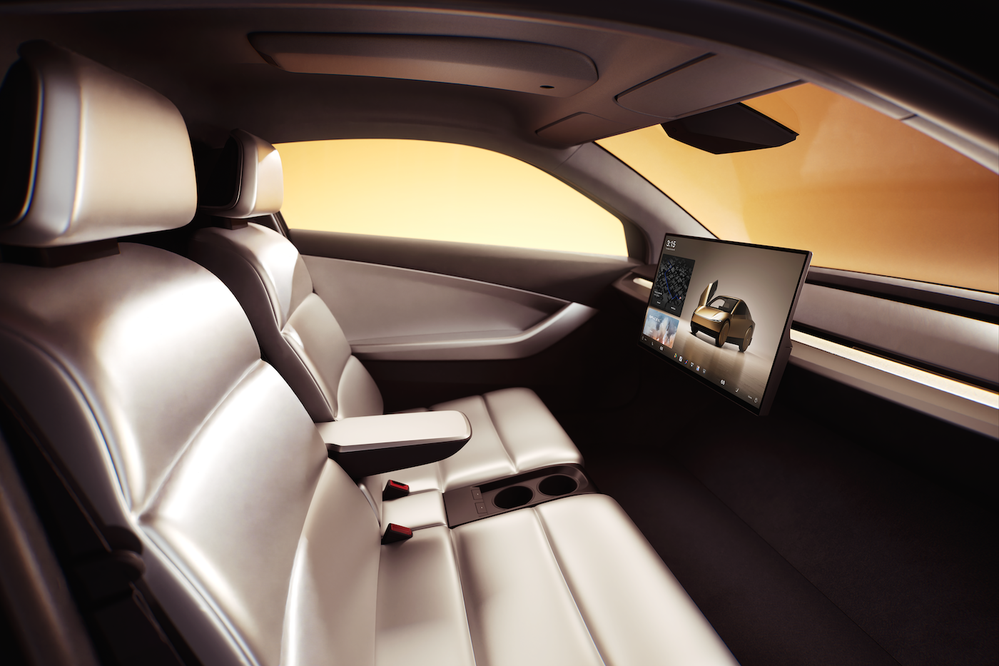
During the said “We, Robot” event, Musk revealed that Tesla expects to begin testing unsupervised FSD with the Model 3 and Model Y in Texas and California as early as next year.
These trials are crucial for proving the safety and viability of autonomous vehicles before moving forward with Robotaxi production. Though Musk expressed optimism that the Robotaxi would enter production in 2026, he did acknowledged that delays could push this to 2027.
The Tesla CEO’s vision for the Robotaxi extends beyond just introducing another electric vehicle; he sees it as a game-changer for the transportation industry. According to Musk, autonomous vehicles will not only improve safety but also make road travel more affordable and efficient.
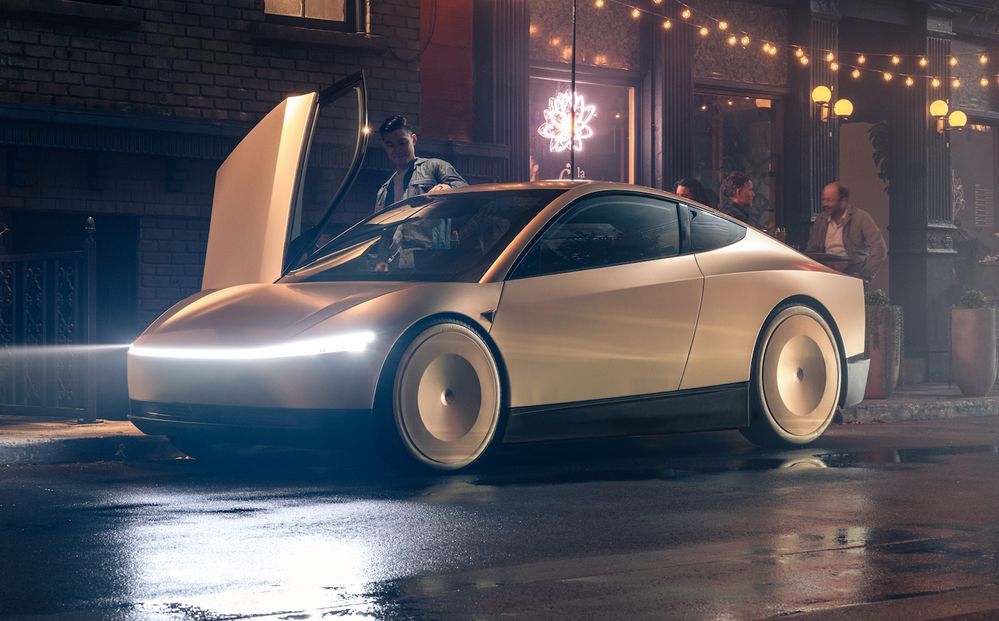
One of the key advantages of autonomous vehicles, according to Musk, is their ability to be utilized far more than traditional cars. “Autonomous cars could be used five or ten times more than human-driven cars, meaning the same vehicle would provide five or ten times more value,” Musk said during the event. This increase in usage could drastically reduce the overall cost of transportation.
Musk further emphasized the economic benefits, claiming that the cost of operating a Robotaxi would be around USD $0.20 per mile, significantly lower than the USD $1 per mile average cost of bus travel. This low cost, combined with the convenience and comfort of autonomous vehicles, could make Robotaxis an appealing alternative to traditional public transportation. Musk likened it to “individualised mass transit,” offering passengers a more personalised and efficient travel experience.
Beyond cost savings, Musk highlighted the potential safety benefits of autonomous driving. Tesla’s FSD technology aims to be 10 times safer than human-driven vehicles, a claim that Musk says could save countless lives and prevent numerous traffic-related injuries, which are often caused by human error.
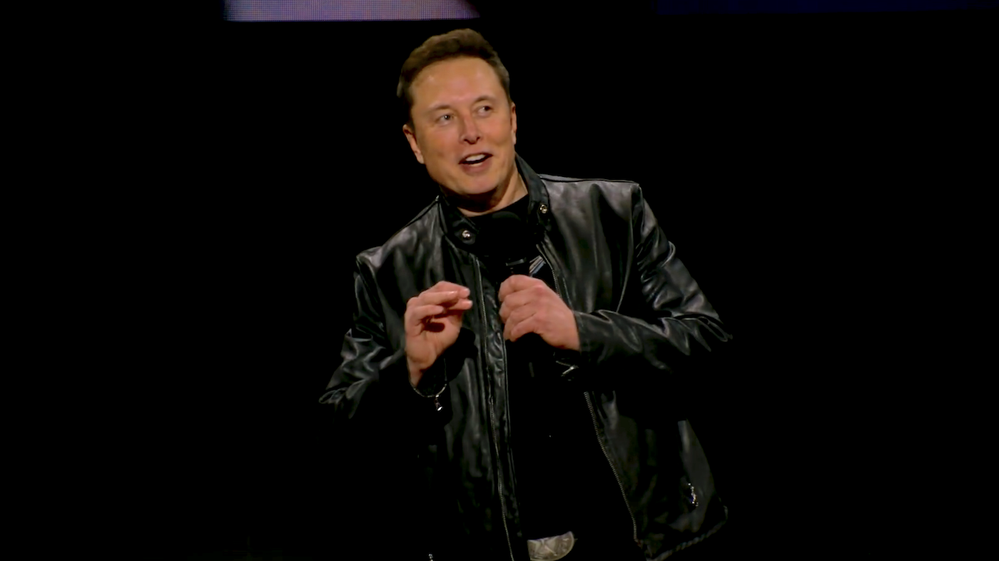
In addition to safety, Musk pointed out the convenience that autonomous vehicles offer. “With autonomy, you get your time back,” he said. Instead of focusing on the road, passengers in a Robotaxi could use their travel time to relax, watch movies, or get work done. Musk described the interior of the Robotaxi as a “comfortable little lounge,” designed to provide a pleasant and enjoyable experience for its passengers.
Delays and the Tesla brand have been somewhat synonymous, unfortunately, and this latest self-driving product is expected to be no different. The Robotaxi was originally set to be revealed in August but was pushed back due to an “important design change,” according to Musk.
Furthermore, Tesla’s journey to fully autonomous vehicles has been a long and rocky one, plagued with public and legislative scrutiny. Musk first promised fully autonomous cars back in 2014, and in 2019, he claimed that Tesla would have over a million robotaxis on the road by 2020.
Still, he does seem more determined than ever to see this through.




